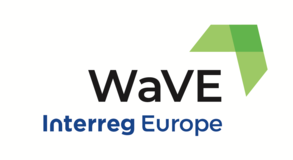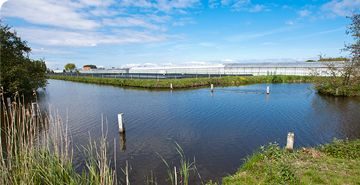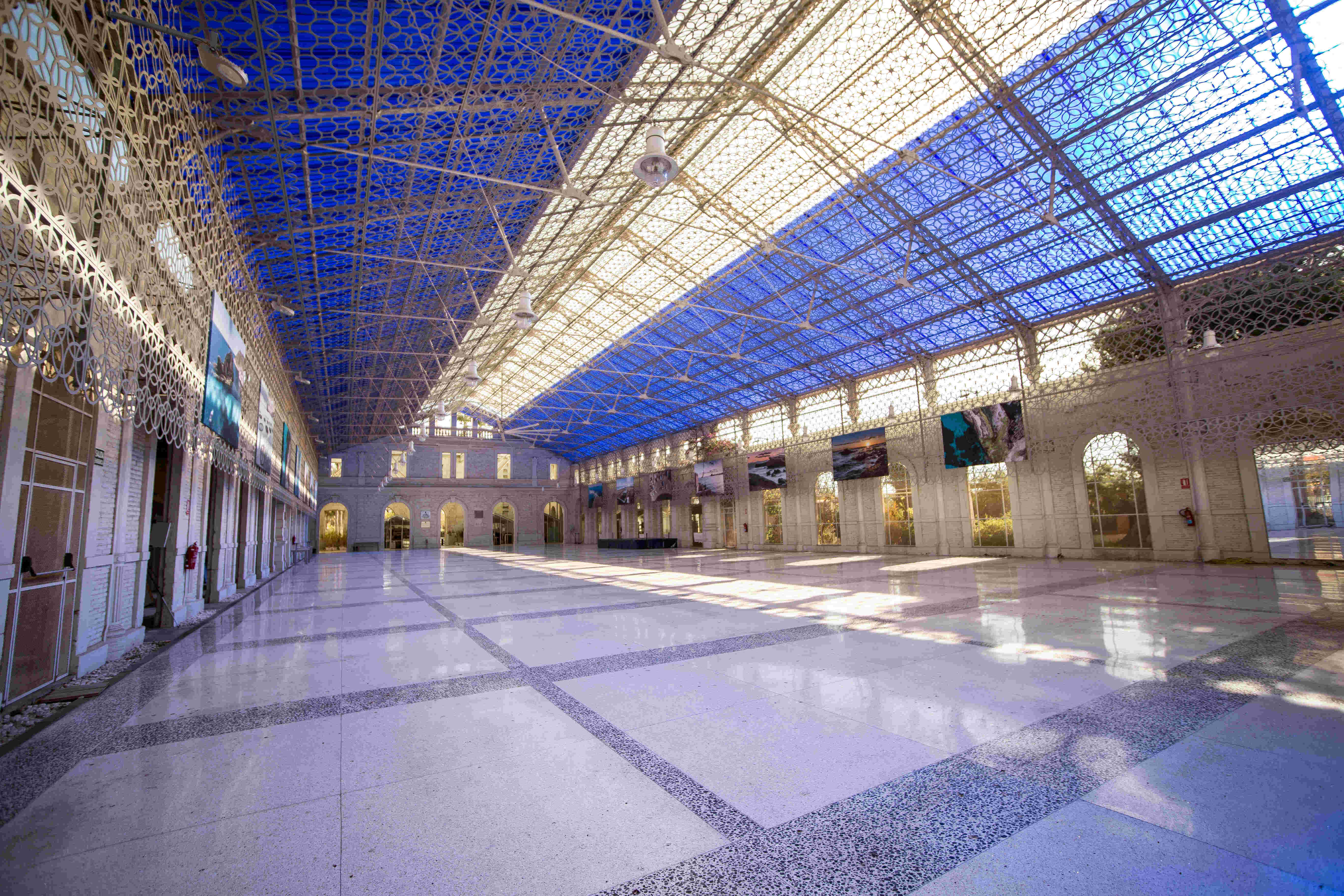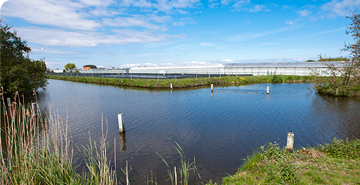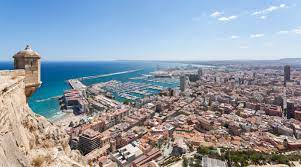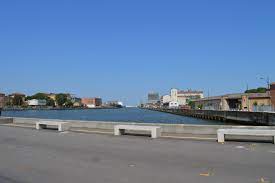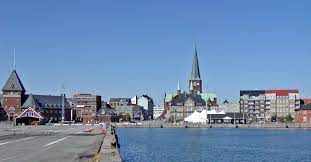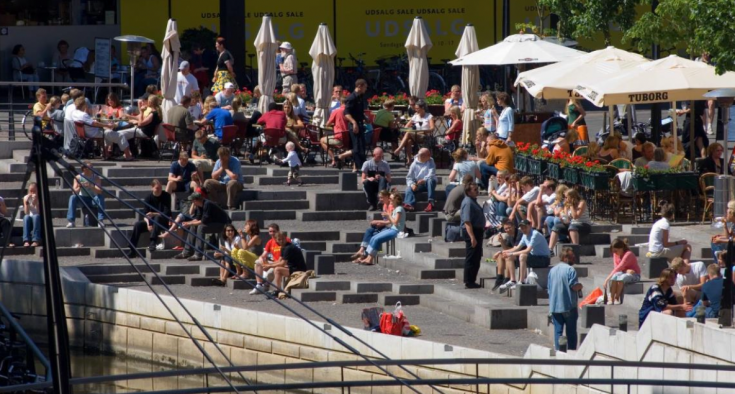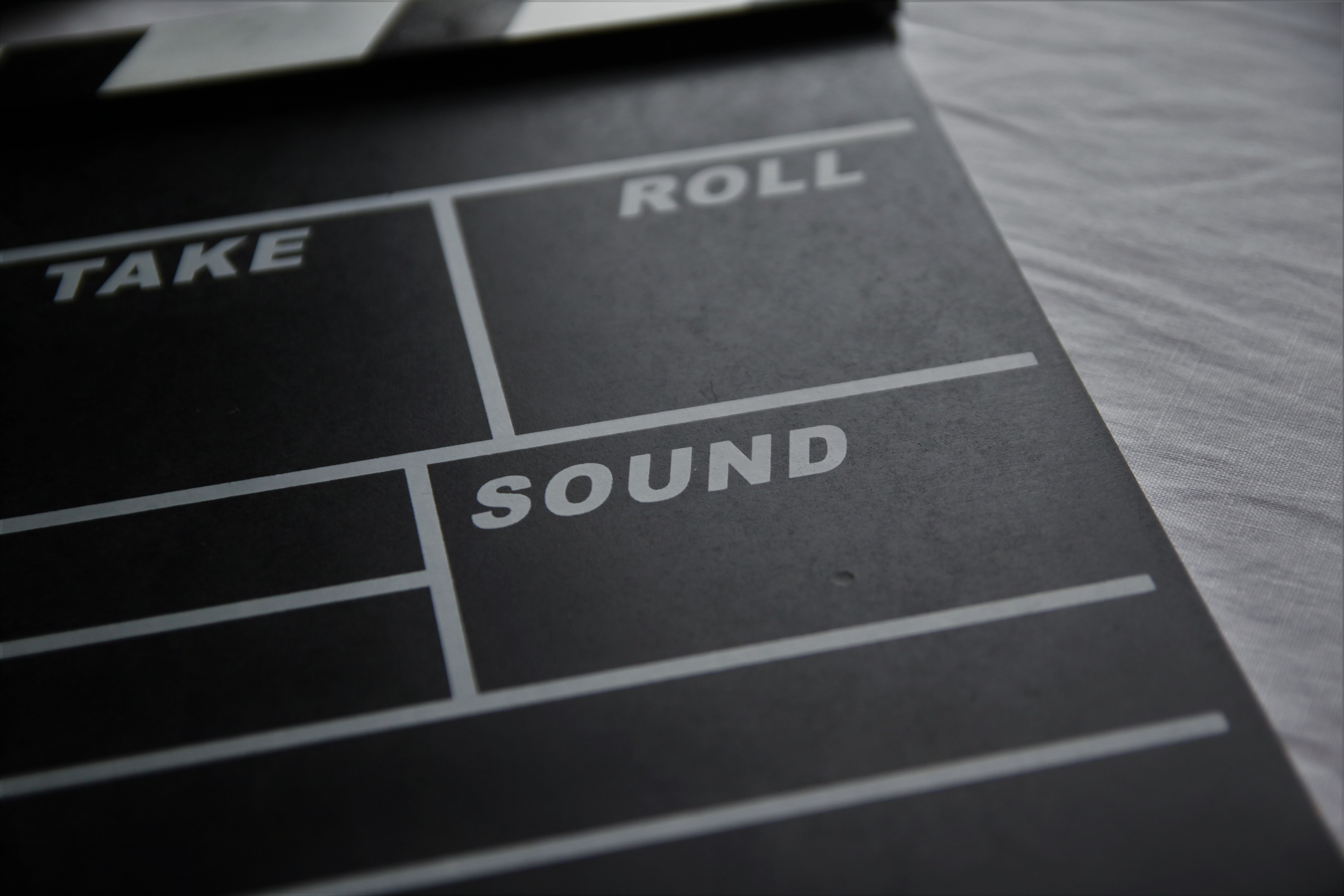
The WaVE project focuses on the improvement of regional and local policies to open up their possibilities for supporting the development of integrated adaptive reuses of water-linked cultural heritage sites in human settlements.
The project aims to improve the overall support by the addressed policy instruments for integrated valorisation approaches of cultural heritage, to sparkle ideas for the creation of new projects aiming at integrated valorisation of water-linked cultural heritage, and to raise awareness for the subject at other cities and regions in Europe.
For this reason, we will publish a brief history about each of the redevelopment sites involved in the project, describing their potential, future plans and best practices already achieved.
We will do it through interviews with Opinion Leaders, who know best the characteristics of the sites.
The first interview is with Hans Thoolen - Coordinator Urban Quality of the municipality of Breda in the Netherlands. The city of Breda has a really interesting history regarding the redevelopment of a site linked to water.
(Question) “Could you please describe the relationship between water and the City of Breda?”
(Answer) The city of Breda is historically interwoven with water, with its development linked to its medieval inner city that is located at the place where the rivers Mark and Aa meet. The rivers brought Breda political and economic prosperity for centuries and created an area rich in water-bound cultural heritage sites.
(Q) “What happened next?”
(A) In the sixties of the last century, the harbor in the historic centre of Breda was filled in to make way for an underground parking garage. In retrospect, a historic mistake.
See the photo below, it pictures the situation between 1964 and 2004: a lot of asphalt on top of an underground parking situated on the place of the former harbor. Luckily the situation changed in 2004, when they decided to bring the harbour back to its natural function.

(Q) “How long did the redevelpment take?”
(A) The redevelopment works ended in 2007. The historic harbor disappeared when I was 9 years old and it was opened when I was 52. It’s amazing to see that this happened within one generation!
(Q) “Behind all this story, there is a really important message…”
(A) It proves that you cannot take away the source of existence of a city.
It is important to protect ourselves against the water, but we must also use the quality of water for inner city regeneration.
(Q) “Have there been other redevelopments since then?”
(A) One year after the opening of the harbor, in 2008, the new river Mark was opened. More asphalt disappeared in favour of water. Breda is currently working on the final design of the so-called ‘New Mark’. The construction of this new part of this navigable city river starts in 2020 and should be finished in 2026. Besides water we will have also greener public spaces and some floating islands in the river!
See the photos below: these images show the return of the water in the inner city of Breda.
In Breda, we can no longer talk about "townscaping" (town planning and landscaping); we should talk about " town-water-scaping". It describes perfectly our aim and our future.



